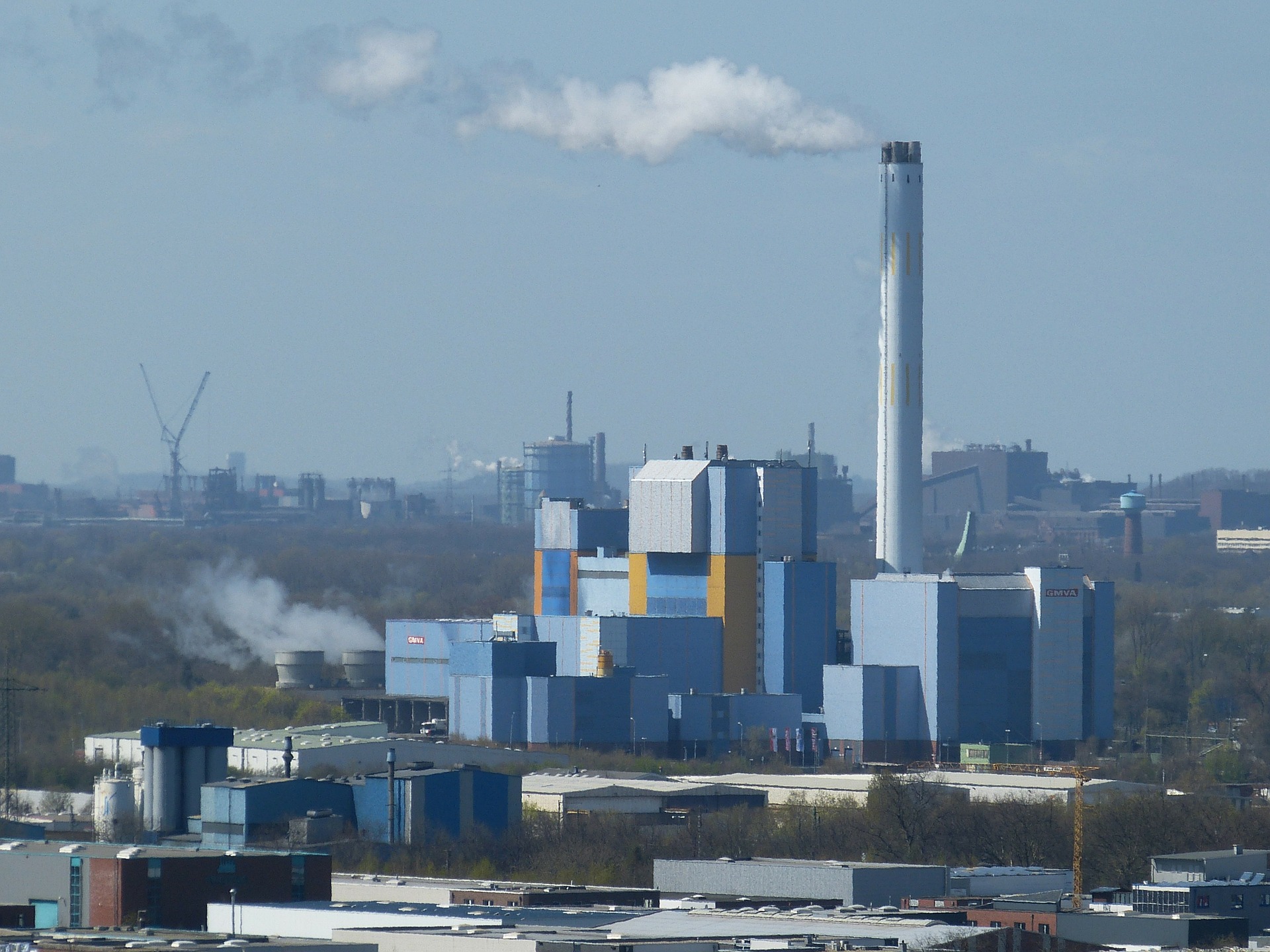What is the social and solidarity economy?
The social and solidarity economy (SSE) encompasses organizations that seek to respond to human problems through responsible solutions. Far from being an epiphenomenon, the SSE accounts for a significant share of the economy both in France and around the world. Contrary to popular belief, these principles are far from new. Mélissa Boudes, a researcher in management at Institut Mines-Télécom Business School, helps us understand the foundations of this economy.
What makes the social and solidarity economy unique?
Mélissa Boudes: The social and solidarity economy (SSE) is based on an organization structure that is both different and complementary to public economy and capitalist economy. This structure is dedicated to serving human needs. For example, organizations that are part of the SSE are either non-profit or low-profit limited companies. In this second case, profits are largely reinvested in projects rather than being paid to shareholders in the form of dividends. In general, SSE organizations have a democratic governance model, in which decisions are made collectively based on the “one person one vote” principle and involve those who benefit from their services.
What types of organizations are included in this economy?
MB: A wide range! Non-profit groups typically fall within this framework. Although sports and community non-profit groups do not necessarily claim to be part of the SSE, they fall within the framework based on their official statutes. Cooperatives, mutual funds and social businesses of varying sizes are also part of the SSE. One example is the cooperative group Up—formerly called Chèque déjeuner—which now has an international dimension. Other organizations include mutual health insurance groups, wine cooperatives, and cooperative banks.
How long has this economy existed?
MB: We often say that it has existed since the 19th century. The social and solidarity economy developed in response to the industrial revolution. At this time, workers entered a subordinate relationship that was difficult to accept. They wanted a way out. Alternative organizations were created with a primary focus on workers’ concerns. The first organizations of this kind were mutual aid companies that provided access to medical care and consumer cooperatives that helped provide access to good quality food. At the time, people often went into debt buying food. Citizens therefore created collective structures to help each other and facilitate access to good quality, affordable food.
So why have we only heard about the social and solidarity economy in recent years?
MB: It’s true that we seem to be witnessing the re-emergence of SSE, which was the subject of a law in 2014. SSE is now back in the forefront because the issues that led to its creation in the 19th century are reappearing—access to food that is free of pollution, access to medical care for “uberized” workers. AMAPs (associations for community-supported agriculture) and cooperative platforms such as Label Emmaüs are examples of how the SSE can respond to these new expectations. Although new media coverage would suggest that these organization models are new, they actually rely on practices that have existed for centuries. However, the historical structures behind the SSE are less visible now because they have become institutionalized. For example, we sometimes receive invitations to participate in the general meeting for our banks or mutual funds. We don’t pay much attention to this, but it shows that even without knowing it, we are all part of the SSE.
Is the social and solidarity economy a small-scale phenomenon, or does it play a major role in the economy?
MB: The SSE exists everywhere in France, but also around the world. We must understand that SSE organizations aim to provide solutions to universal human problems: better access to education, mobility, healthcare… In France, the SSE represents 10% of employment. This share rises to 14% if we exclude the public economy and only look at private employment. Many start-ups have been created based on the SSE model. This is therefore an important economic phenomenon.
Can any type of organization claim to be part of the social and solidarity economy?
MB: No, they must define an official status that is compatible with the SSE at the time the organization is founded, or request authorization if the company has a commercial status. They must request specific approval as a solidarity-based company of social benefit, which is attributed by the regional French employment authority (DIRECCTE). Approval is granted if the company demonstrates that it respects certain principles, including providing a social benefit, a policy in its statutes limiting remuneration, an absence from financial markets, etc.
How does the social and solidarity economy relate to the concept of corporate social responsibility (CSR)?
MB: In practice, CSR and SSE concepts sometimes overlap when commercial companies partner with SSE companies to develop their CSR. However, these two concepts are independent. The CSR concept does, however, reveal an economic movement that places increasing importance on organizations’ social aims. More and more commercial companies are opting for a hybrid structure: without becoming SSE companies, they impose limited salary scales to avoid extremely high wages. We are in the process of moving towards an environment in which the dichotomies are more blurred. We can no longer think in terms of virtuous SSE organizations on one side and the profit-driven capitalist economy on the other. The boundaries are not nearly as clear-cut as they used to be.
Read on I’MTech Social and solidarity economy in light of corporate reform



